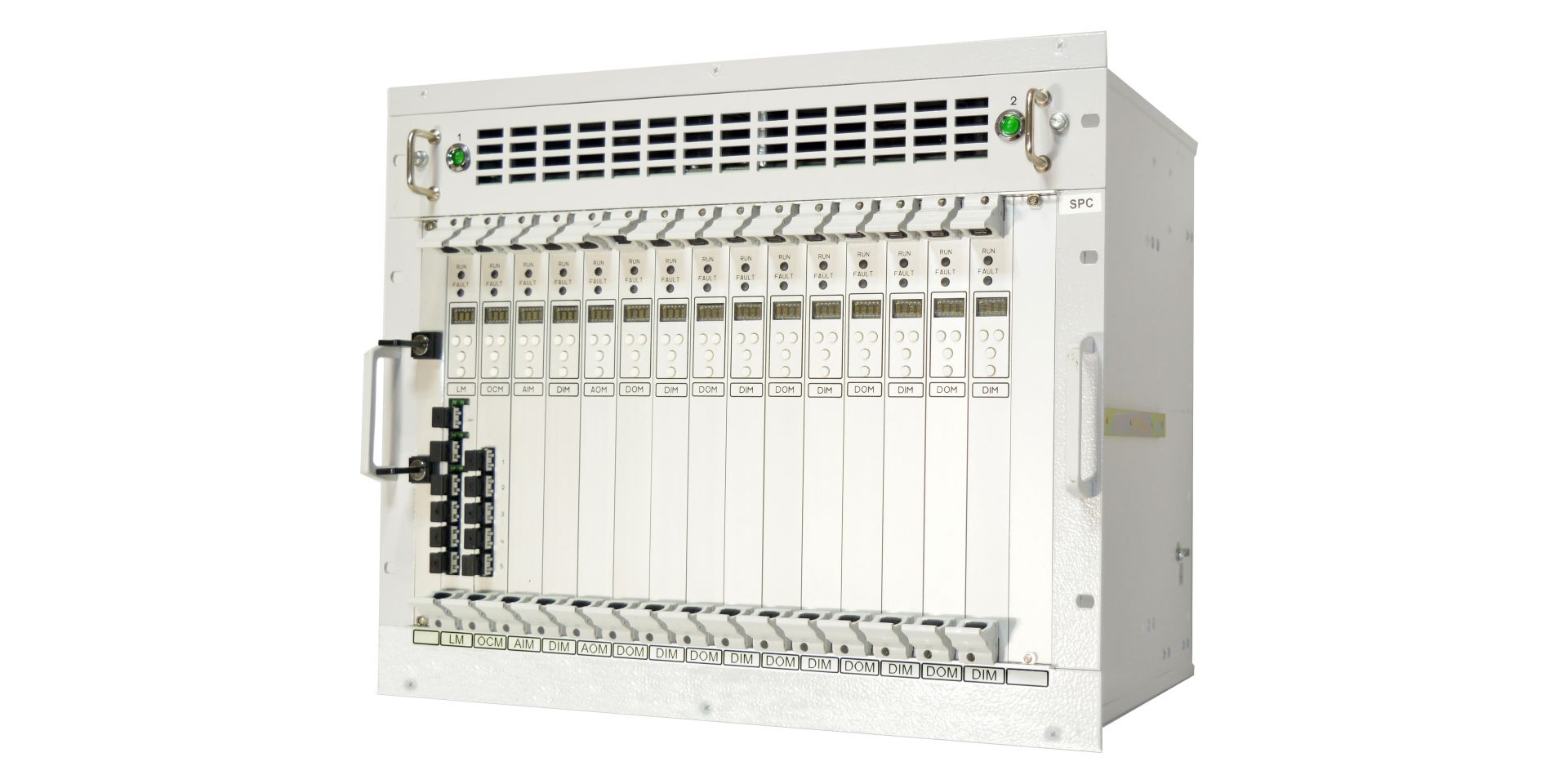The Tianwan-6 control room. Photo: CNNC
Unit 6 at the Tianwan nuclear plant has entered commercial operation, China National Nuclear Corporation announced last week. The domestically designed ACPR-1000 pressurized water reactor becomes CNNC’s 24th unit to enter service, raising the company’s installed generating capacity to 22.5 GWe (gross).
Vogtle-3’s containment (right) and turbine building (left) in May. Photo: Georgia Power
Georgia Power recently pushed back its projected commercial operation date for Vogtle-3 from December of this year to January 2022, but now some engineering and financial experts are saying that this revised date is too optimistic.
The Dungeness B nuclear power station, in Kent, southeastern England. (Photo: geograph.org.uk)
EDF Energy, owner and operator of the United Kingdom’s nuclear reactor fleet, yesterday announced its decision to move the Dungeness B nuclear plant into its defueling phase “with immediate effect,” rather than proceed with a restart later this year. The company had previously stated that it intended to operate the facility, located in southeastern England, until at least 2028.
Byron nuclear power plant
Three Illinois nuclear power plants—Byron, Dresden, and Quad Cities—did not clear in last week’s long-delayed PJM Interconnection capacity auction, Exelon Generation reported in a filing with the Securities and Exchange Commission.
The news is likely to further pressure the Illinois General Assembly to pass a comprehensive energy package—one with subsidies for the state’s financially ailing nuclear plants—before Exelon moves forward with its plan, announced last August, to prematurely retire Byron and Dresden.
A future TerraPower plant visualization. (Graphic: TerraPower)
TerraPower has a design for a sodium-cooled fast reactor and federal cost-shared demonstration funding from the Department of Energy. Its partner, PacifiCorp, has four operating coal-fired power plants in the state of Wyoming. On June 2, together with Wyoming Gov. Mark Gordon and others, the companies announced plans to site a Natrium reactor demonstration project at a retiring coal plant in Wyoming, with a specific site to be announced by the end of 2021.
Fig. 1. All reactors. The median DER net capacity factor of the 96 reactors included in this survey for the three-year period 2018–2020 is 91.33 percent. For the five three-year periods between 1997 and 2011 shown above, 104 reactors were in operation. The 2012–2014 capacity factor includes 100 reactors, and 2015–2017 includes 99 reactors.
Capacity factor is a measure of reliability, and reliability delivers results. The U.S. nuclear power fleet produced about 789.9 TWh of clean electricity in 2020 and ended the year with 94 operating reactors. According to Energy Information Administration data, that’s about 37 percent more electricity than the 576.9 TWh produced in 1990 by a much larger fleet of 112 reactors.
Nuclear News has tracked and analyzed the capacity factors of the U.S. fleet since the early 1980s, before concerted industry efforts yielded unforeseen performance improvements. High nuclear capacity factors are now less an achievement than an expectation. So much so, in fact, that advanced reactors in development today are assumed to be capable of achieving capacity factors above 90 or even 95 percent.
The U.S. fleet has maintained a median capacity factor near 90 percent for 20 years (see Fig. 1), and the median design electrical rating (DER) net capacity factor for 2018–2020, at 91.33, does not disappoint—unless by showing virtually no change relative to the median of 91.34 recorded in 2015–2017. However, this lack of meaningful difference only underscores the consistent reliability of the U.S. fleet.
Kraków’s Zablocie Business Park B. (Photo: OfficeMAP)
After declaring its intention earlier this year to invest in nuclear technologies in Poland, Westinghouse Electric Company on May 24 announced the establishment of a “world-class” global shared service center in Kraków.











 The World Nuclear Association has issued a white paper advising the world’s policymakers and regulators to adopt a science-based, all-hazards risk assessment and management system that holistically evaluates the contributions of different energy sources and sets a level playing field.
The World Nuclear Association has issued a white paper advising the world’s policymakers and regulators to adopt a science-based, all-hazards risk assessment and management system that holistically evaluates the contributions of different energy sources and sets a level playing field.
